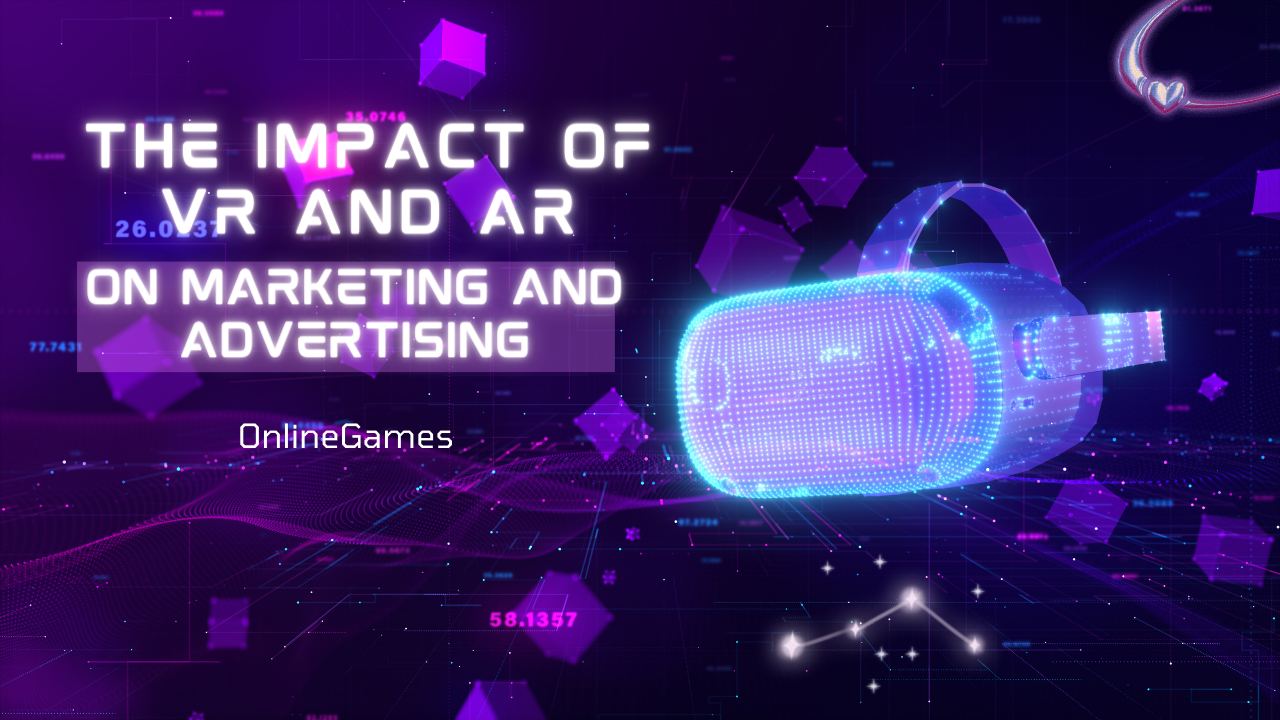Virtual Reality (VR) and Augmented Reality (AR) have revolutionized the landscape of marketing and advertising, offering immersive experiences that engage consumers in unprecedented ways. This article explores the profound impact of VR and AR technologies on marketing strategies, consumer behaviour, and the future of advertising.
Understanding Virtual Reality (VR) and Augmented Reality (AR)
Virtual Reality (VR)
Virtual Reality creates a simulated environment that immerses users in a completely virtual world, typically experienced through VR headsets or goggles.
- Applications in Marketing: VR is used to create immersive brand experiences, virtual product demonstrations, and interactive storytelling.
Augmented Reality (AR)
Augmented Reality overlays digital content onto the real world, enhancing the user’s perception of their environment through smartphones, tablets, or AR glasses.
- Applications in Marketing: AR enhances product visualization, allows virtual try-ons, and creates interactive advertisements.
Impact of VR and AR on Marketing Strategies
Enhanced Customer Engagement
VR and AR technologies offer interactive and personalized experiences that captivate consumers and drive engagement.
- Virtual Product Trials: Consumers can experience products virtually before making a purchase, enhancing confidence and reducing returns.
- Interactive Storytelling: Brands can create compelling narratives that immerse consumers in their brand story and values.
Increased Brand Awareness
Innovative and memorable experiences through VR and AR help brands stand out in a crowded market.
- Viral Marketing Campaigns: AR filters and VR experiences can go viral on social media, increasing brand visibility and reach.
- Brand Differentiation: The adoption of cutting-edge technologies positions brands as innovators and industry leaders.
Data-Driven Insights
VR and AR technologies provide valuable data on consumer behaviour and preferences, enabling brands to optimize marketing strategies.
- Behavioral Analytics: Track user interactions and engagement levels within virtual environments.
- Personalized Marketing: Use data insights to deliver personalized content and recommendations.
Impact on Consumer Behavior
Immersive Shopping Experiences
VR and AR transform online shopping by allowing consumers to visualize products in their own space and make informed purchasing decisions.
- Virtual Try-Ons: AR enables virtual fitting rooms for clothing, accessories, and cosmetics.
- 360-Degree Product Views: VR offers detailed product exploration from all angles.
Emotional Connection and Brand Loyalty
Immersive experiences foster emotional connections between consumers and brands, leading to increased brand loyalty.
- Memorable Experiences: Positive interactions in virtual environments create lasting impressions.
- Customer Satisfaction: Meeting consumer expectations through interactive and personalized experiences.
Future Trends in VR and AR Advertising
Integration with E-Commerce Platforms
Seamless integration of VR and AR into e-commerce platforms for streamlined shopping experiences.
- AR Shopping Apps: Integration of AR functionalities into mobile shopping apps for on-the-go consumers.
- Virtual Shopping Malls: VR environments that replicate physical shopping experiences online.
Expansion across Industries
VR and AR adoption will expand beyond retail to industries such as real estate, education, healthcare, and entertainment.
- Virtual Tours: Real estate agents offer virtual property tours to remote buyers.
- Medical Training Simulations: Healthcare professionals train in realistic virtual environments.
Virtual Reality (VR) and Augmented Reality (AR) technologies have significantly transformed marketing and advertising by offering immersive, interactive, and personalized experiences. These technologies enhance customer engagement, increase brand awareness, and provide valuable data insights. As VR and AR continue to evolve, they will play an integral role in shaping the future of advertising across various industries, revolutionizing how brands connect with consumers in the digital age.






